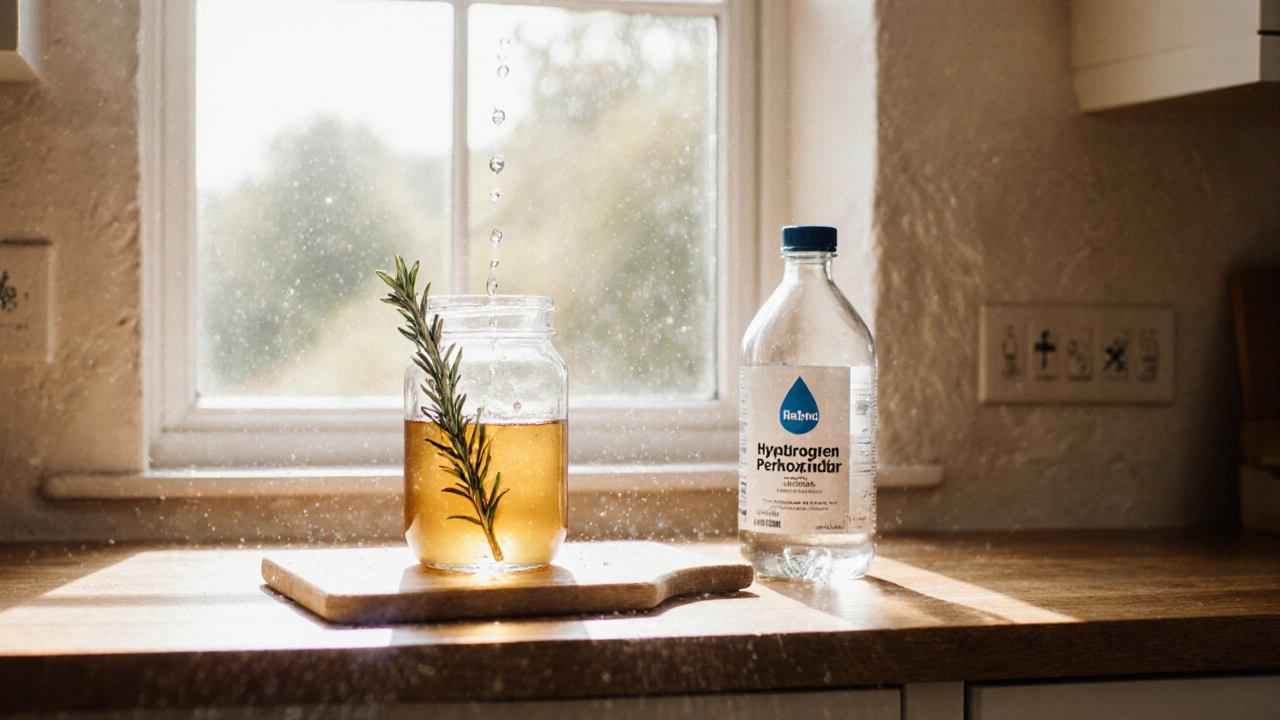Natural Cleaning Disinfectant: Easy DIY Recipes for a Safer Home
Want a disinfectant that won’t leave harsh chemicals behind? You can whip up powerful cleaners with ingredients you already have in the kitchen. Below you’ll find step‑by‑step recipes, safety pointers, and when to choose a natural option over a store‑bought spray.
Why Choose a Natural Disinfectant?
Natural products break down quickly, so they don’t linger in the air or on surfaces. They’re gentle on kids, pets, and the environment, yet still kill the germs that cause illness. Studies show that vinegar, hydrogen peroxide, and essential oils can reduce bacteria by up to 99% when used correctly.
Three Go‑To Recipes You Can Make Today
1. Vinegar‑Based All‑Purpose Cleaner
Mix 1 part white distilled vinegar with 1 part water in a spray bottle. Add a few drops of lemon or orange essential oil for a fresh scent. Spray on countertops, bathroom tiles, and doorknobs, then let sit for a minute before wiping with a clean cloth. Vinegar’s acidity disrupts bacterial cell walls, making it a reliable daily disinfectant.
2. Hydrogen Peroxide Spray
Pour 1 cup of 3% hydrogen peroxide into a spray bottle, add 1 cup of water, and a teaspoon of tea tree oil. This combo works well on kitchen surfaces, cutting boards, and even the inside of a fridge. Hydrogen peroxide breaks down into water and oxygen, leaving no residue.
3. Citrus‑Eucalyptus Boost
Combine 1 cup of distilled water, 1/2 cup of rubbing alcohol (70% is fine), 10 drops of eucalyptus oil, and 10 drops of citrus essential oil. Shake well and spray on high‑traffic areas like light switches and remote controls. The alcohol evaporates quickly, while the oils provide antiviral action.
All three recipes are safe when you follow a few rules: label your bottles, keep them out of reach of children, and test on a small spot first to avoid discoloration.
Natural disinfectants also pair nicely with regular cleaning habits. For example, use a microfiber cloth to lift dust before spraying, and let the solution sit for at least 30 seconds for maximum germ kill.
If you’re dealing with a tough odor—like pet urine on a mattress—sprinkle baking soda after the disinfectant has dried, let it sit for 15 minutes, then vacuum. The combination of enzymatic action (from the vinegar or peroxide) and odor‑absorbing power of baking soda leaves the surface fresh.
Remember, not every surface can handle acidity. Marble, natural stone, and some wood finishes may stain or etch. In those cases, stick with the hydrogen peroxide or alcohol‑based mixes, which are milder.
By swapping chemical sprays for these DIY options, you’ll save money, cut down on plastic waste, and keep your indoor air cleaner. Give one of the recipes a try today and see how simple a greener clean can be.

Vinegar vs Hydrogen Peroxide: Which Disinfects Better?
Compare vinegar and hydrogen peroxide as disinfectants, covering their chemistry, effectiveness against germs, safety, usage tips, and best‑fit scenarios for home cleaning.
Read More